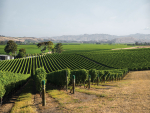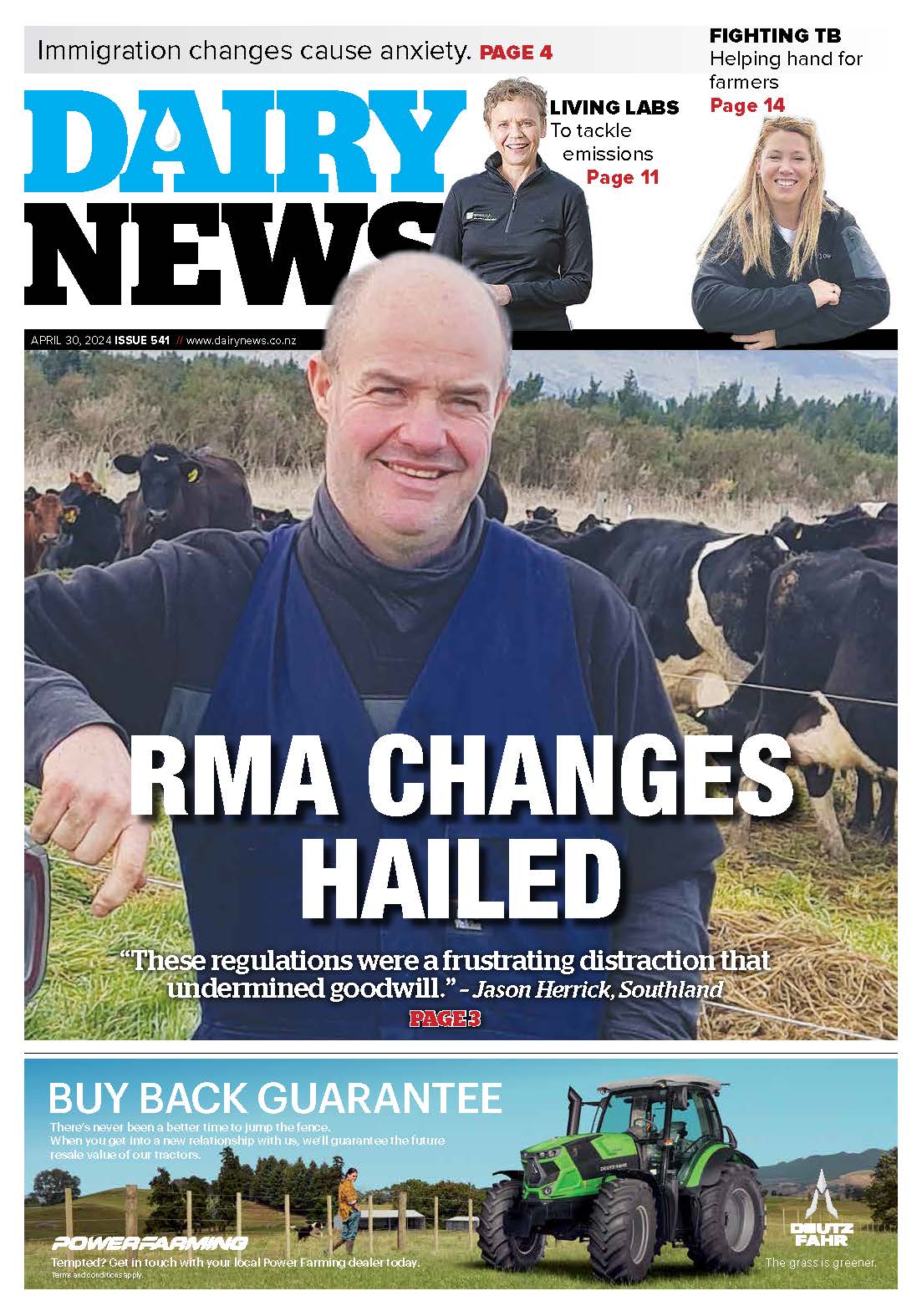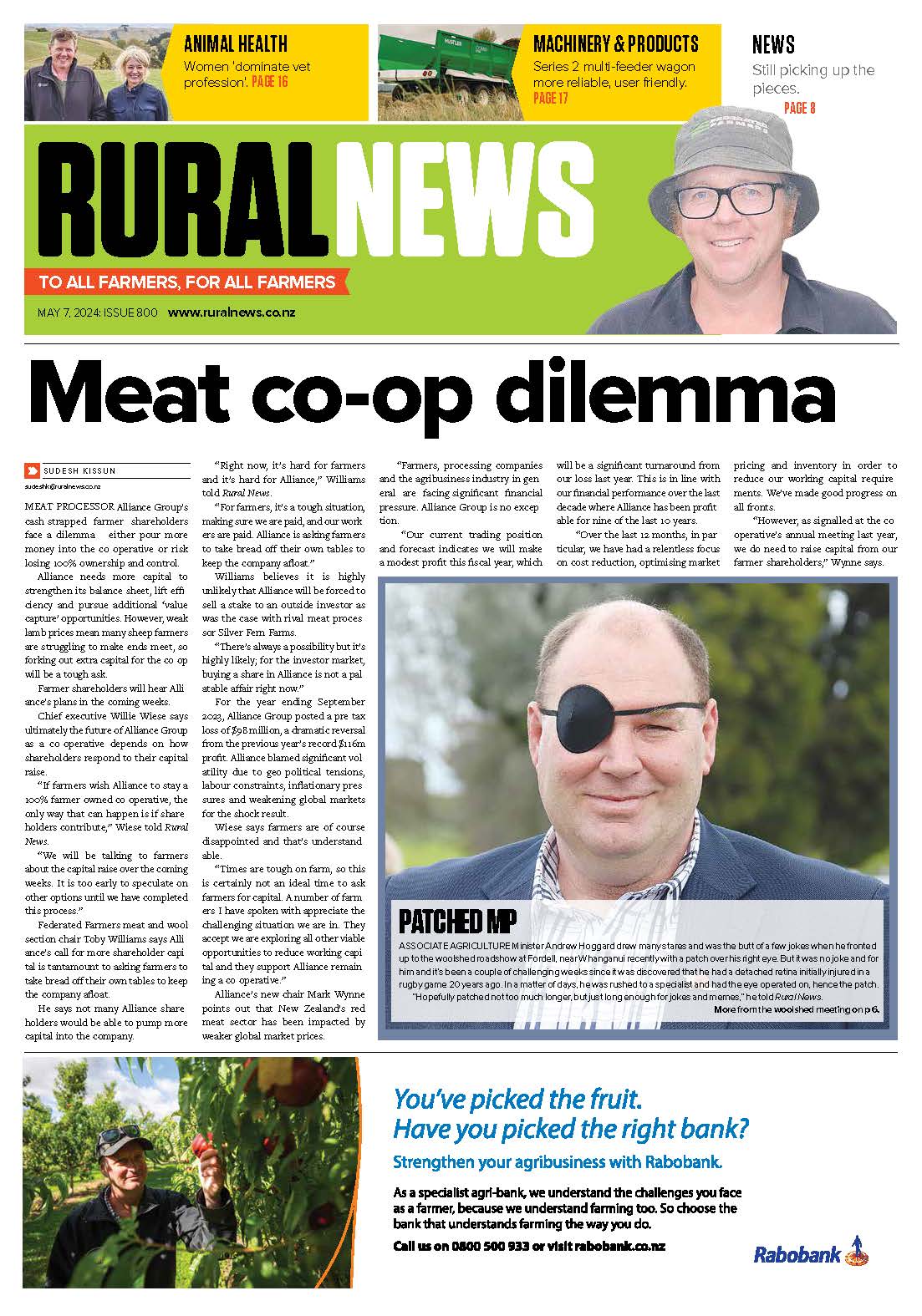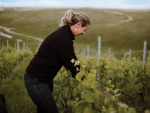Breeding grapevines for tolerance to disease is accelerating at a pace not seen in many decades.
At our Vision 40:40 workshop, hosted by Riversun Nursery in February, attendees heard first-hand about the rapid strides being made by overseas agencies to develop newer, better plant material for the wine industry.
One of our keynote speakers was Laurent Audeguin, already familiar to Riversun clients as the French representative of ENTAV, provider of many of our imported clones. Laurent is Research and Innovation Director with the Wine and Vine Institute (abbreviated as "IFV" from its French title), and he described how the agency's work in recent years had moved from clonal selection to variety creation.
Vine breeding is not new, he said, but it really took off following the arrival in 1863 of phylloxera, which devastated French vineyards planted with Vitis vinifera varieties on their own roots. "Powdery and downy mildews and phylloxera changed everything when they reached Europe from North Maerica, when they were endemic," Laurent added. "The next 60 years brought enormous hardship, which in turn drove revolutionary changes to viticulture, primarily through breeding programmes to develop new varieties and resistant rootstock for grafted vines."
Susceptibility to fungal disease has always been something of an Achilles heel in the classical V. vinifera varieties, and Laurent observed that clonal selection has been able to make only modest contributions in this area. Meanwhile, recent decades have witnessed a growing commitment to sustainable viticulture, including reduced synthetic chemical applications. Spraying with sulphur, currently a preferred option, is not without costs either. In a challenging season like 2022/23, growers in some regions were forced to apply sulphur every five to seven days to keep powdery mildew at bay. In the Covid era, it’s often been mission impossible simply finding and deploying the staff to keep up with such a punishing schedule.
Perhaps not surprisingly, breeding disease-resistant varieties (DRVs) has once again become a very hot research pursuit in Europe, where grapes account for 65% of all agri-fungicide use (Eurostat, 2007). Strategies on how to deploy the new breeds have also increased in sophistication.
According to Laurent, Champagne will soon plant “Voltis”, a new DRV, in buffer zones. The goal is not necessarily to produce a wine made entirely from the resistant variety; rather, the grapes may be incorporated at a regulated fraction (say, 10%) in order to benefit from reduced spray applications on selected blocks while still being able to market wines with a varietal name.
Also speaking at Vision 40:40 was Mauro Negri, our Italian-based Innovation Manager, who outlined the multi-pronged wish list driving modern breeding programmes in Europe:
- Wines with senory profiles akin to those made from V. vinifera-based wines.
- Superior performance with early ripening, moderate vigour, and high tolerance of powdery and downy mildews.
- Significant reductions in fungicides (75% fewer spray applications).
- Rootstocks that can mitigate against stressors including drought, soil saturation, and temperature extremes referred to as "genetic plasticity".
The European agencies are currently exploring both conventional and new genetic modification techniques in their search to deliver the desired characteristics. Modern DRVs are typically hybrids: that is, they are crosses between a V. vinifera variety and hybrid “donors” created via multiple crosses between V. vinifera and, typically, American and Asian varieties with known disease-resistance genes. The resulting DRVs generally have a genome that is still 95% V. vinifera and 5% other Vitis species – yielding the desired sensory profiles alongside the improved disease tolerance.
In new breeding techniques, including cisgenesis and genome editing, very precise modifications of genetic material are used to produce a new clone. Plants obtained by the latter techniques are considered ‘GMO’ and are currently banned in Europe and New Zealand (although discussions are under way within the EU to reconsider this position). As Mauro observed, laboratories in Europe and elsewhere are utilising both techniques, and agencies already have some GM clones on hand – ready for whenever the regulations change.
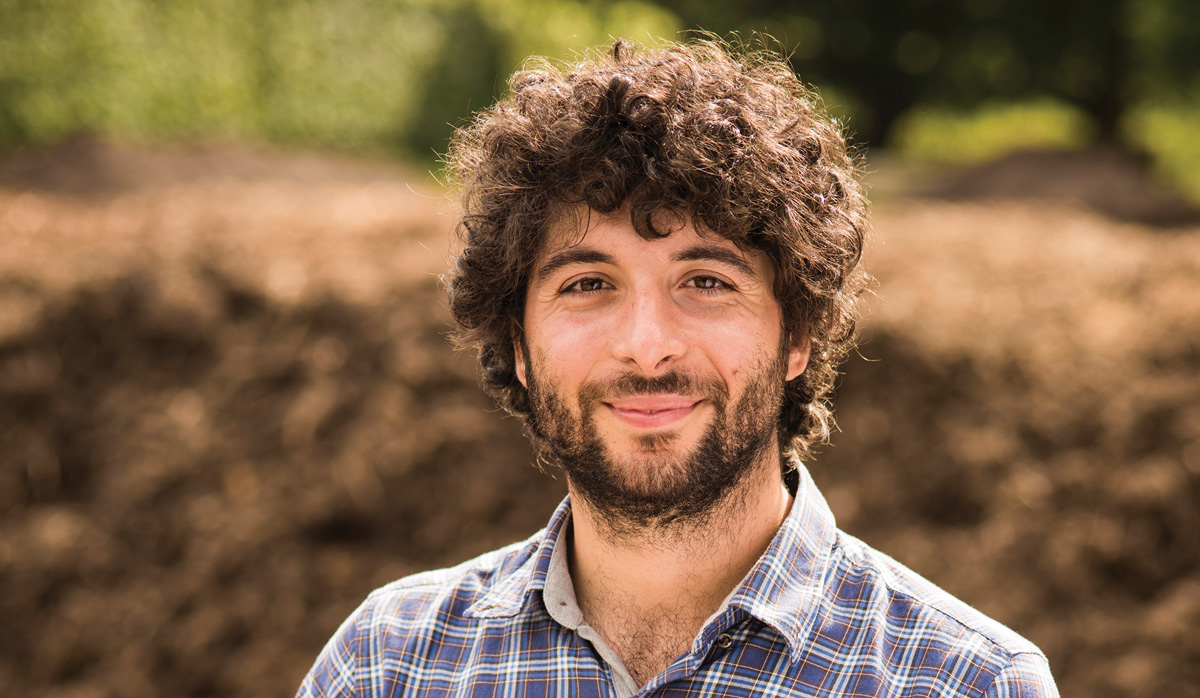 |
|---|
|
Mauro Negri outlined a wish list for new vines that includes 75% fewer fungicide applications.
|
European growers have begun to put the new breeds through their paces. Although still representing a tiny fraction of the national vineyard, Italian sales of the new hybrids have grown from fewer than 200,000 vines in 2015 to 3.5 million last year, according to Mauro. Rapid uptake is currently hampered by regulations (and tradition), but the plantings of new DRVs continue apace:
- France - 1,200 hectares (2020)
- Germany - 2,700 hectares (2019)
- Italy - 2,200 hectares - in seven regions only (2022).
Attendees at the workshop had an opportunity to taste wines made with resistant varieties ‘Floreal’, ‘Nuvoté’, ‘Sauvignon Rytos’, and ‘Sauvignon Nepsis’. The latter two were developed by the University of Udine and are licensed to Vivai Cooperativi Rauscedo (VCR) in Italy. Mauro indicated many more DRVs are in the VCR pipeline. Meanwhile, in France, the IFV has stated it seeks to develop 50 new varieties by 2035.
We recently negotiated the renewal of Riversun’s sole licensee agreement with ENTAV for another 20 years which will include the new DRVs developed by IFV. The nursery has also signed a memorandum of understanding with VCR, and we’re working closely with other agencies to import a range of DRVs to New Zealand.
Unfortunately, the waitlist is long for the requisite quarantine space. We’re seeking support from industry members and organisations to help us make the case to government that the need for importing DRVs into New Zealand is urgent.
Geoff Thorpe is the Founder and Managing Director of Riversun Nursery, which was established in 1982.








